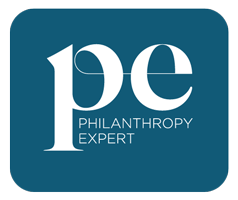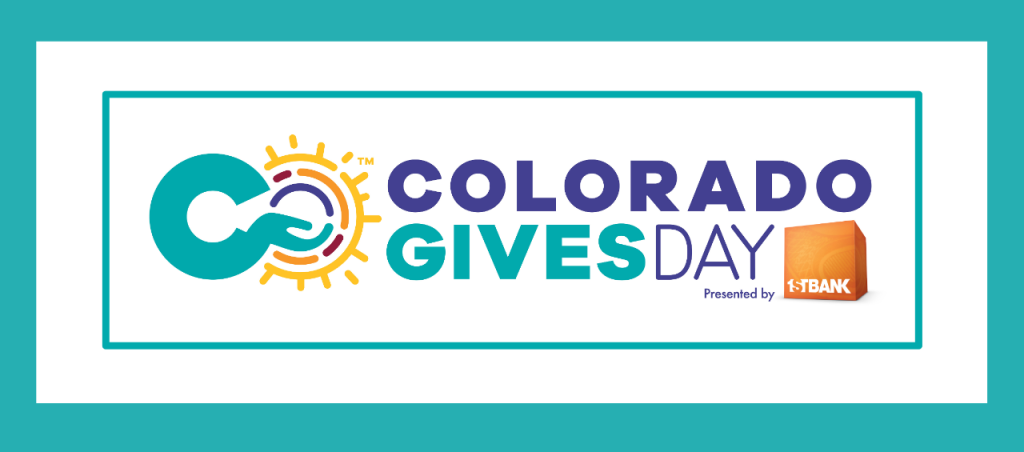
Article by Mel Ulle
There’s a phenomenon in the nonprofit world that we don’t discuss enough and right now is probably a good time to start with the large number of leadership transitions we’ve seen in the post-pandemic era. It’s called Founder’s Syndrome, and it absolutely sucks.
Founder’s Syndrome is when the person who started the organization gets a bit too attached to their baby. Okay, that’s a huge over-simplification. It’s when a founder smothers their baby with bad love. Better?
I get it. I’ve started a few companies, and I have loved all my babies, but sometimes I’ve needed to admit when I’m no longer the right person to care for the baby. It always starts out mighty fine. You’ve got a founder who’s super passionate about their cause. And that’s great. But eventually, usually over many years, they might have trouble letting go of control or adapting to new ideas, new technologies, and new external realities.
This syndrome exists in all industries, but it hits executive directors who founded nonprofits especially hard. They’ve poured their whole lives into their cause, sacrificed time, money, stability and it can be tough to separate this vocational work from their personal lives. Again, at first, that drive is awesome. But as the organization grows, it can cause big problems. The founder might not want to share the reins, which can hold everyone back, eventually creating apathy and even distrust within the rest of the team.
Sometimes, just making an executive director aware that they may be struggling with Founder’s Syndrome is enough to make them loosen their grip and pull themselves up to 30,000 feet where they can see what’s best for the organization. Unfortunately, many times it’s not that easy.
The other big issue related to the founder-nonprofit relationship is planning for the future, or succession planning. What do you get when you have a smothering parent who doesn’t think anyone else can take care of their baby? Complete and total denial that some day that parent won’t be there to care for the baby. No plan for eventually getting the baby to launch. But that day will come, and if the baby was never taught how to walk, he’ll just be scooting around on his butt, and it will all just be so embarrassing.
Often, the Executive Director feels that if they can’t run it – the organization should no longer exist. Sometimes that’s true. I can point to a few organizations that simply shouldn’t continue without that key personality, but that’s a failure of the organization and the board, and frankly the IRS for giving 501(c)3 nonprofit status to a cult. An organization shouldn’t exist for the pleasure, or the service delivery of one person.
Because this is largely a failure of strategy and governance, this is where the board of directors needs to step up. They’re responsible for keeping the organization healthy, which means they need to tackle Founder’s Syndrome head-on. It might mean…okay, it will mean… some hard and awkward conversations, but it’s necessary. They need to encourage the founder to share responsibilities across the organization and think about how to set it up for a sustainable future.
I think some folks believe that succession planning is “finding a replacement.” It’s not. It’s making sure the organization can keep doing its good work, even when the founder moves on. If the board handles this right, they can create a short – or long-term plan that will eventually help the founder step down gracefully and set up the next generation for success.
The bottom line is this – Founder’s Syndrome is real and incredibly common for nonprofit executive directors who started their organizations. It is very messy and creates an unhealthy environment affecting everything from staff morale to how well the nonprofit adapts to change, creates new programming and maintains its financial footing. Boards need to prioritize addressing sustainability and long-term planning as governance and fiscal responsibilities to the organization and when they sniff even the slightest whiff of Founder’s Syndrome, they need to act quickly, swiftly and in the interest of the long-term future of the organization.
It often makes sense to bring in a third party, or consultant to help lead these conversations and facilitate a planning process that is unemotional and objectively calculated to create the optimal plan for the board and staff to walk into the future together. There are many exceptional nonprofit consultants who can lead this work and we’re happy to direct readers to great resources as needed so we can avoid giant nonprofit babies littering the streets of Denver. Contact us at expert@philanthropyexpert.org for support and resources.
Read Melanie Ulle’s monthly Making a Difference Articles at Urban Life Wash Park.




